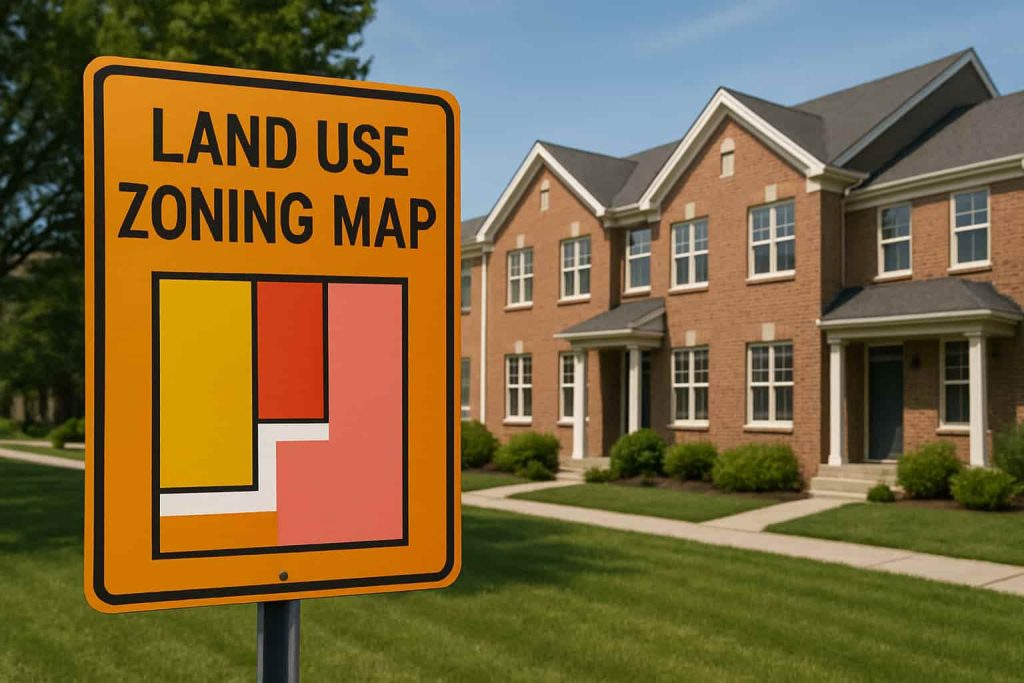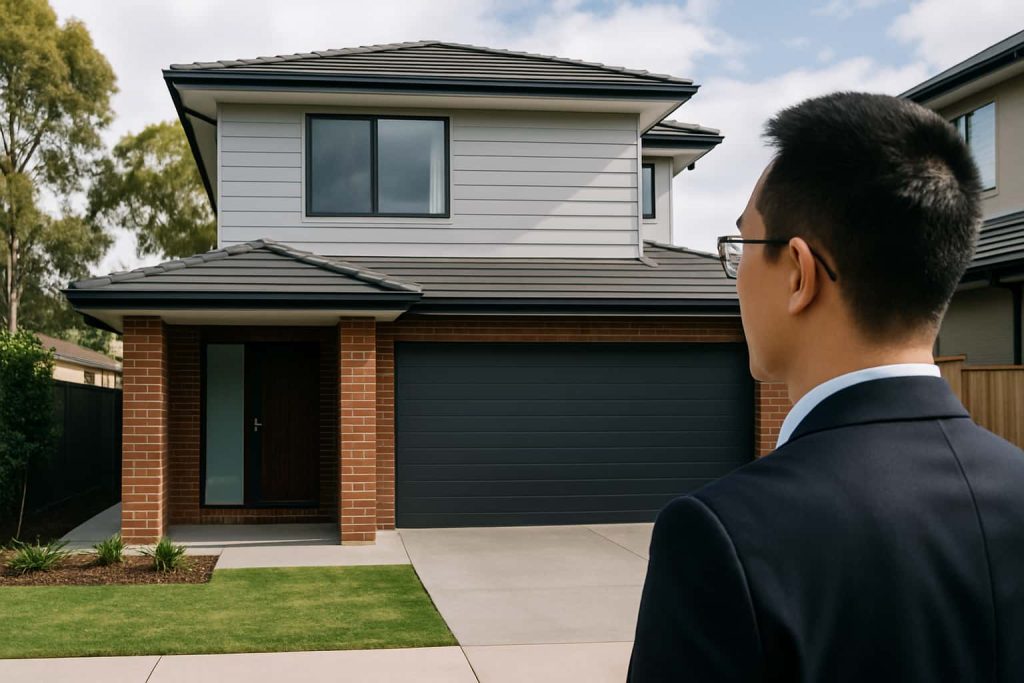In days gone by it was really only a fringe minority of economists that were prepared to label Melbourne and Sydney’s property markets as housing bubbles, but there’s now a growing number of mainstream economists joining the chorus.
Australians are now much closer to sharing a consensus that its two biggest cities have either a housing bubble, or at least have extremely overvalued markets.
Economists are still divided on how the markets in Melbourne and Sydney will correct themselves and by how much, but to have a look at what exactly a housing bubble is, the ABC’s Michael Janda has put together a terrific list of the factors you need to declare one.
Firstly, he says there needs to be an attitude from investors that treat recent prices rises as a sign of things to come, an attitude that house prices can only really ever go up.
Mr Janda says a follow-on effect of this is a ‘lemming effect’ where prices continue to rise, even after real demand and housing shortages are satisfied because of that attitude held from investors.
Another condition prominent in a housing bubble is when speculative investors take a bigger hold of the market. Falling rental yields are an indication this is happening because speculative demand is exceeding the real demand for accommodation.
Steep rises is lending are another component that will feature in a housing bubble. It’s the debt funding that makes a housing bubble vulnerable to a crash.
Together with a steep rise in lending, bubbles will also usually see a decline in lending standards, often brought about when banks share that earlier attitude mentioned here from investors, one of thinking that house prices can only go up.
Our current environment of record-low interest rates are also a feature of bubbles as they encourage not only more investment, but riskier investments to get better returns.
Another characteristic of housing bubbles is that supply starts off being short of demand, but as prices rise it attracts developers, and supply often then starts flooding the market around the same time that demand starts falling.
Finally, housing bubbles often pop because of a large over-supply of housing and/or restricted or more expensive debt. The outside influences of a weak economy and rising unemployment can also help trigger a crash.
So that’s Mr Janda’s summary of what a housing bubble looks like, it’s up to economists and the property market to decide if that’s Melbourne and Sydney right now.



